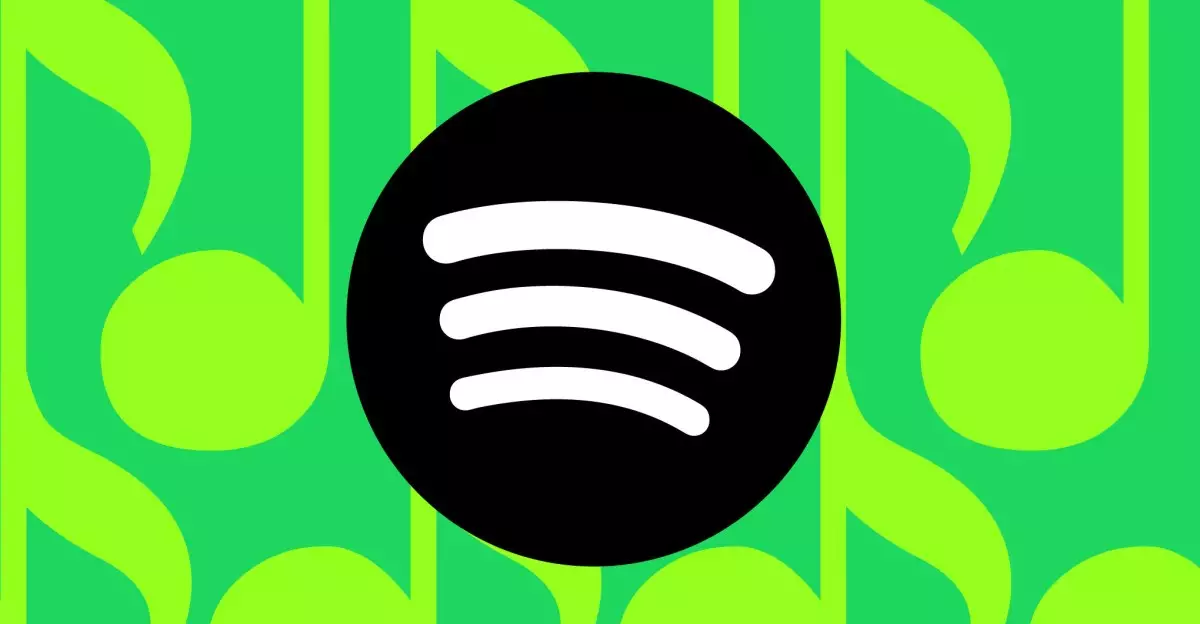The world of music streaming has witnessed a shift in dynamics over the past few years, with multiple platforms vying for supremacy by continually enhancing their offerings. At the forefront of this evolution is Spotify, a giant that has considerably shaped this landscape since its inception. As we look towards 2025, Spotify’s long-awaited Music Pro add-on is on the horizon, promising an evolution of user experience and audio quality. However, the journey to reach this point has been nothing short of convoluted.
Spotify has been in a precarious position since it first announced its HiFi feature, originally slated for release in 2021. The functionality promised lossless audio streaming to compete directly with Apple Music and Amazon, which quickly surmounted the competition by delivering high-quality audio without additional costs. In an unexpected twist, this competitive landscape forced Spotify to hit the brakes on its HiFi feature, prompting a reevaluation of its offering strategy.
Analyzing Spotify’s delay in launching its HiFi feature reveals a tapestry of missed opportunities and strategic miscalculations. Initially, Spotify aimed to roll out this new offering to enhance user experience and differentiate itself from competitors. However, as other services easily embraced lossless audio, Spotify found itself in limbo. This stagnation raised questions about its ability to innovate while addressing the shifting needs of its user base.
Reports suggest that complications surrounding music rights were a significant hurdle. However, the stakes are higher than just securing licenses. Spotify may have come to realize that simply improving audio quality may not be sufficient for attracting subscribers. A large segment of users may not possess the hardware to appreciate the difference between the current quality and a lossless stream, rendering the HiFi feature less impactful than anticipated. Consequently, Spotify needed to pivot, and pivot it did.
The Vision for Music Pro
Spotify’s solution seems to be revamping its HiFi concept into the broader Music Pro add-on. This new offering promises to encompass a range of features aimed at enhancing the overall music experience instead of merely focusing on audio quality. According to various reports, this could involve functionalities such as early-access concert ticketing, DJ remixing tools, and personalized audio optimization depending on the specific headphones or speakers used—a significant departure from the original HiFi concept that merely focused on sound quality.
The introduction of diversified features signals Spotify’s proactive approach to address a critical market demand: user engagement that goes beyond traditional listening. Instead of solely enticing headphones enthusiasts, this new strategy aims to encompass a wider audience, including fans of live music experiences and casual listeners looking for creative avenues to engage with the platform.
Looking ahead to 2025, the rollout of Music Pro is set to occur in phases, as Spotify methodically tests and introduces new capabilities. While some may see phased implementations as a tedious process, this strategy allows for adaptive responses based on user feedback and engagement metrics.
CEO Daniel Ek’s mentions of a “deluxe tier” continue to build intrigue. Users are anticipating not just higher-quality audio but an expansive array of functionalities that address various aspects of the listening experience. This multi-faceted approach could transform Spotify into a cultural hub that hosts social interaction among friends, offering karaoke features and the ability to add multiple user accounts to a single subscription, which could be particularly attractive in today’s interconnected environment.
While there remains excitement about the potential of Music Pro, the economic aspect cannot be ignored. Spotify’s expectation to charge an additional $5 or $6 for this new add-on prompts critical reflection on the value proposition of the service compared to competitors like Apple Music. As someone who has switched to Apple Music in search of optimal quality and user experience, I recognize the hesitation that many might feel about returning to Spotify, particularly after becoming accustomed to a more streamlined platform.
The ultimate question remains: will Music Pro adequately remunerate subscribers for its premium offerings? As Spotify continues to navigate these turbulent waters, it’s paramount that they not only refine their audio quality but also offer relatable and engaging features that resonate with user preferences.
As we approach a transformative year for Spotify, the key to its success will lie in its ability to bounce back from previous shortcomings. Music Pro potentially represents a much-needed pivot, merging technology, user engagement, and creative entertainment in ways previously unimagined within the streaming space. If Spotify can successfully launch this comprehensive add-on and maintain an engaging ecosystem, it may reclaim its status as a leader in music streaming. The landscape is evolving, and how Spotify navigates these changes will significantly influence its future trajectory and subscriber loyalty.

